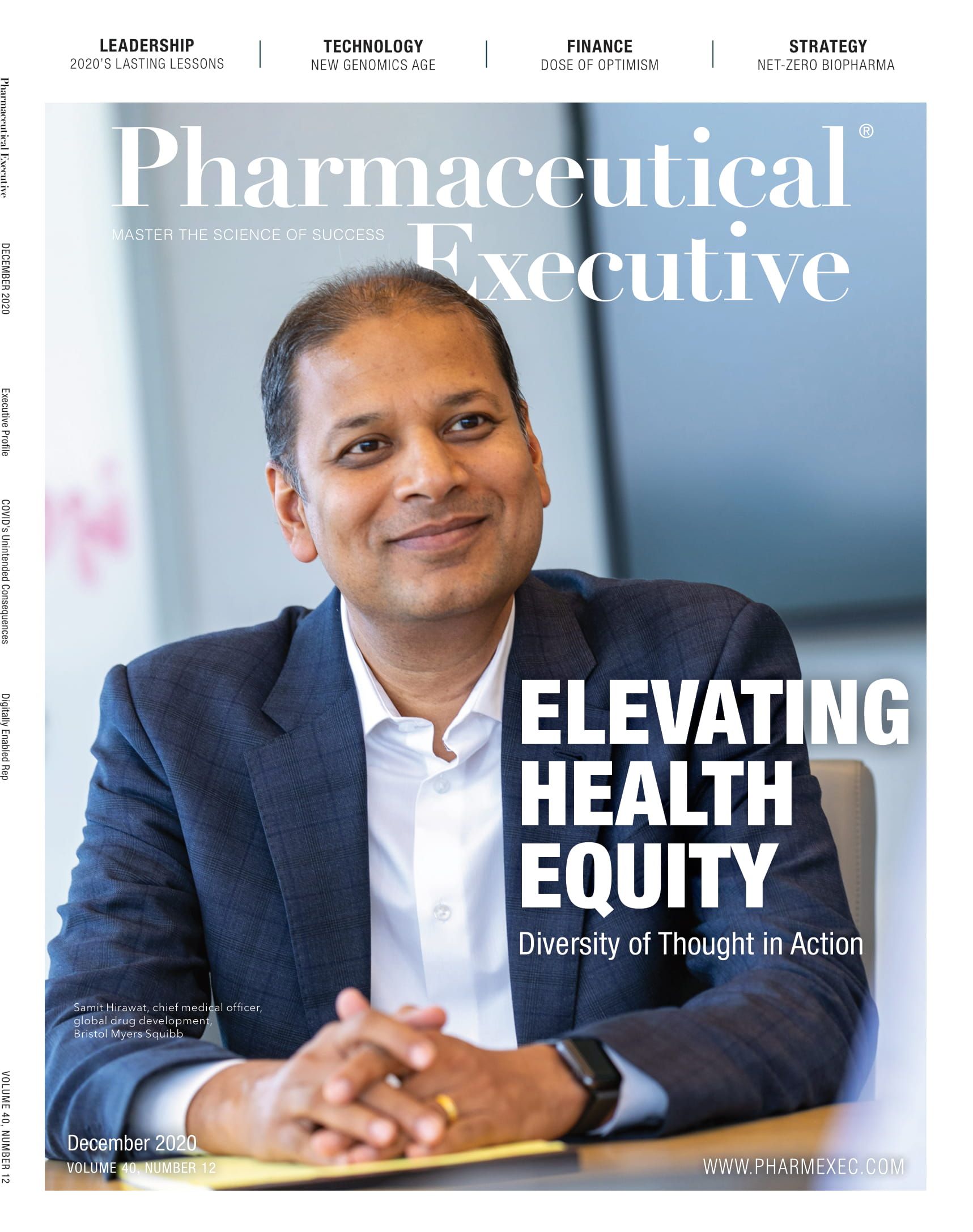2020: A Year of Crises, Challenges for FDA & Industry
Pandemic requires innovative R&D and regulatory flexibility to generate critical vaccines and therapies.

The imperative to prevent, treat, and cure the deadly COVID-19 virus altered research and manufacturing strategies and regulatory oversight in order to identify new compounds with potential to mitigate the virus’ lethal affects. FDA provided guidances and advice to assist sponsors in obtaining necessary data based on modified research and manufacturing operations. Billions in support for drug and vaccine development and production came through the federal Operation Warp Speed (OWS) task force, while the financial community invested heavily in biotech startups as well as established biopharma companies.
At the same time, industry contended with ongoing efforts to rein in drug prices, as seen in White House proposals to limit drug rebates and co-pays, particularly for insulin, and to link US prices to those paid in Europe. Politicians and consumer advocates challenged prices set on early COVID therapies and are demanding free access to new pandemic treatments and vaccines.
Jill Wechsler, Washington Correspondent

Meanwhile, FDA faced challenges to its independence and long-term credibility as it met often divergent and unclear requests and orders from the White House. The agency’s first crisis involved confusion over regulating new diagnostic tests for the COVID pathogen, a situation that contributed to notable delays in public access to products able to reliably and quickly identify infected individuals. The agency’s new Commissioner Stephen Hahn, a respected oncologist but with little government experience, became entangled further in administration efforts to promote unproven COVID therapies. Hahn’s initial support for Emergency Use Authorizations (EUAs) for questionable treatments alienated agency officials and the medical community, raising fears about less rigorous agency oversight of promising vaccines and therapies.
These issues came to a head in October as vaccine experts at FDA and leading medical institutions insisted on sufficient safety and efficacy data for any COVID vaccine prior to approving it for administration to millions of individuals. Hahn supported this position, recognizing the need to offset growing public “vaccine hesitancy” arising from fears that companies and regulators would take shortcuts to speed the development of COVID vaccines for political purposes.
The public focus on vaccine R&D highlighted the more visible and important role of FDA’s Center for Biologics Evaluation and Research (CBER). Under director Peter Marks, CBER issued guidance in June clarifying requirements for developing and testing new COVID vaccines, with an emphasis on conducting large, randomized, placebo-based clinical trials to provide credible safety and efficacy data, which is now bearing fruit.
Trains keep running
While shifting many staffers to COVID product development and review activities, FDA offices also worked overtime to meet schedules for vetting and approving new drugs and medical products to treat many other medical conditions. Innovative R&D faced added challenges from delays in new and ongoing clinical trials due to pandemic restrictions. FDA cancelled field inspections, particularly those involving foreign firms, and instead looked to evaluate the quality status of a manufacturer through greater reliance on compliance history, production records, product analysis, and inspection reports from other trusted regulatory authorities.
Supply chain security for drugs emerged as a critical issue, as the global pandemic raised fears about reliable access to medicines and their components produced overseas. Shortages in certain vital therapies for treating hospitalized patients, including antibiotics and sedatives, prompted FDA to bolster efforts to detect looming supply problems in advance and to support expanded drug importing, drug compounding, and the administration’s “buy American” campaign to boost production of drugs and medical products in the US.
The pandemic slowed, but did not derail a range of FDA initiatives designed to improve the regulatory process. The Center for Drug Evaluation and Research finalized the overhaul of its Office of New Drugs, creating more review offices and divisions and implementing a team-based, “integrated review” for assessing new drug applications. Generics and biosimilars continued to draw attention for managing shortages and for ensuring affordable access.
FDA has approved more than 40 novel medicines this past year and worked hard to meet user fee timeframes for prescription drugs, generics, and biosimilars—vital programs that face revision and renewal in the coming year.
Jill Wechsler is Pharm Exec’s Washington Correspondent. She can be reached at jillwechsler7@gmail.com.

FDA Grants Priority Review to Regeneron’s Eylea for Macular Edema Following Retinal Vein Occlusion
April 18th 2025Regulatory action was based on data from the Phase III QUASAR trial, which demonstrated that Eylea HD dosed every eight weeks achieved non-inferior visual acuity outcomes compared to Eylea in patients with macular edema following retinal vein occlusion.
Navigating Distrust: Pharma in the Age of Social Media
February 18th 2025Ian Baer, Founder and CEO of Sooth, discusses how the growing distrust in social media will impact industry marketing strategies and the relationships between pharmaceutical companies and the patients they aim to serve. He also explains dark social, how to combat misinformation, closing the trust gap, and more.